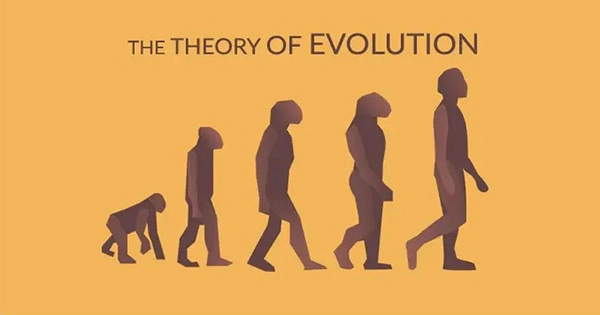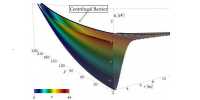One of the strongest hypotheses in science is Charles Darwin’s Theory of Evolution. In 1859, Charles Darwin published “On the Origin of Species,” which introduced the Theory of Evolution by Natural Selection. According to National Geographic(opens in new tab), Darwin outlines in his book how organisms change over generations through the inheritance of physical or behavioral features. The underlying tenet of the theory is that features can vary within a population, as demonstrated by one of the Galapagos finches Darwin investigated and its beak shape.
The idea is that people with characteristics that make it easier for them to adapt to their surroundings will help survive and produce more children, who will inherit those characteristics. Less adaptable people are less likely to live and pass those traits on. According to BioMed Central, throughout time, the characteristics that allow species to survive and reproduce will become more prevalent in the population, and the population will change or evolve (opens in new tab). Darwin proposed that genetically distinct species could develop from a common ancestor through natural selection.
According to National Geographic, Darwin was unaware of how features were transmitted down through generations. He was unaware of how genes encode specific features and how those traits are passed down from one generation to the next. Additionally, he was ignorant of genetic mutation, the cause of natural diversity.
Darwin used the phrase “natural selection” to distinguish it from “artificial selection,” which refers to the practice of selecting animals for specific features that they deem desirable. In natural selection, the process of selection is carried out by the environment rather than by a human.
According to Briana Pobiner(opens in new tab), an anthropologist and educator at the Smithsonian National Museum of Natural History in Washington, D.C., who specializes in the study of human origins, the theory of evolution by means of natural selection can be summarised as “descent with modification.” The phrase “survival of the fittest” is commonly used to characterize philosophy, but Pobiner argued that it can be deceptive. In this context, “fitness” refers to an organism’s capacity for survival and reproduction rather than its physical prowess or agility.
According to The Natural History Museum, a species can undergo minor changes due to natural selection over the course of multiple generations, such as a population’s color or size (opens in new tab). Scientists refer to this process as “microevolution” when it occurs in a species or small group of animals over a relatively short period of time.
Because it condenses a multitude of observations that everybody can make, gravity is a fact. No one would deny the existence of gravity, despite the fact that there are numerous theories that attempt to explain it (including Newton’s law, Einstein’s theory of relativity, and more recently, quantum field theory).
Similar to gravity, biological evolution is supported by an overwhelming body of evidence from numerous scientific fields, making it a reality that cannot be denied. Therefore, the theory of evolution focuses on how evolution occurs rather than whether it does so.
Our understanding of evolution has evolved over time and continues to do so in much the same way as our understanding of gravity has.















